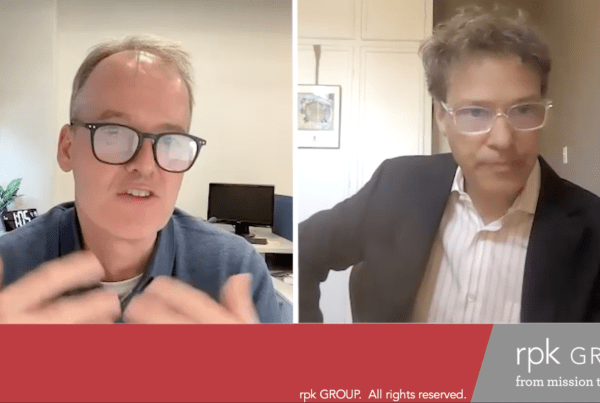By Katie Hagan and Charlotte Pierce
Colleges and universities often look to their peers for insights and best practice when preparing to launch critical change management initiatives. This is especially true with academic portfolio reviews. To help gain these critical insights, rpk GROUP has created a database of recent examples from institutions that have reviewed their academic offerings and applied their findings toward strategy and decision making.
This review resulted in a core framework for approaching academic portfolio review. The four key elements are: Motivation, Metrics, Impact, and Decision-making.
- Motivation: Why is the institution going through the academic program review? While this varied across institutions, the most commonly expressed rationale was resource constraints. Articulating the why is critical, and most institutions in the sample addressed this repeatedly in internal and external communications.
- Metrics: How does the institution measure the success of academic programs and departments? Some institutions clearly published their selected metrics, while others used overarching themes to describe metrics. And some institutions did not mention metrics at all. rpk’s experience is that transparency about metrics is critical for stakeholders to understand how decisions were made.
- Impact: What will happen because of this review? Institutions need to articulate what kinds of decisions might be made and how those decisions may impact faculty, staff, and students. Clarity on the kinds of decisions to be made support expectation setting across stakeholders.
- Decision-making: Who is involved in decision-making and what is everyone’s role? Institutions need to establish roles at the outset of their initiative, particularly around who will provide input and who will ultimately make decisions.
If your institution is preparing to embark upon an academic portfolio review, here are some key best practices to consider:
- Be planful in the communications. It is important that institutions are prepared prior to launch to tell their story to the campus community and external stakeholders.
- Be transparent about metrics and the methodology used. Sharing metrics and underlying data can support greater confidence in the analysis and ultimately any decisions made.
- Establish a clear process and roles. Role clarity helps the entire campus community understand how it can provide input to the process, the timeline for the initiative, and who will make decisions.
Our team expects to see an increase in institutions pursuing comprehensive academic portfolio reviews as they respond to enrollment and financial challenges and seek to bring their mission forward within a sustainable business model. This framework for considering a portfolio review should help institutions in their planning for a transparent and successful analysis.


